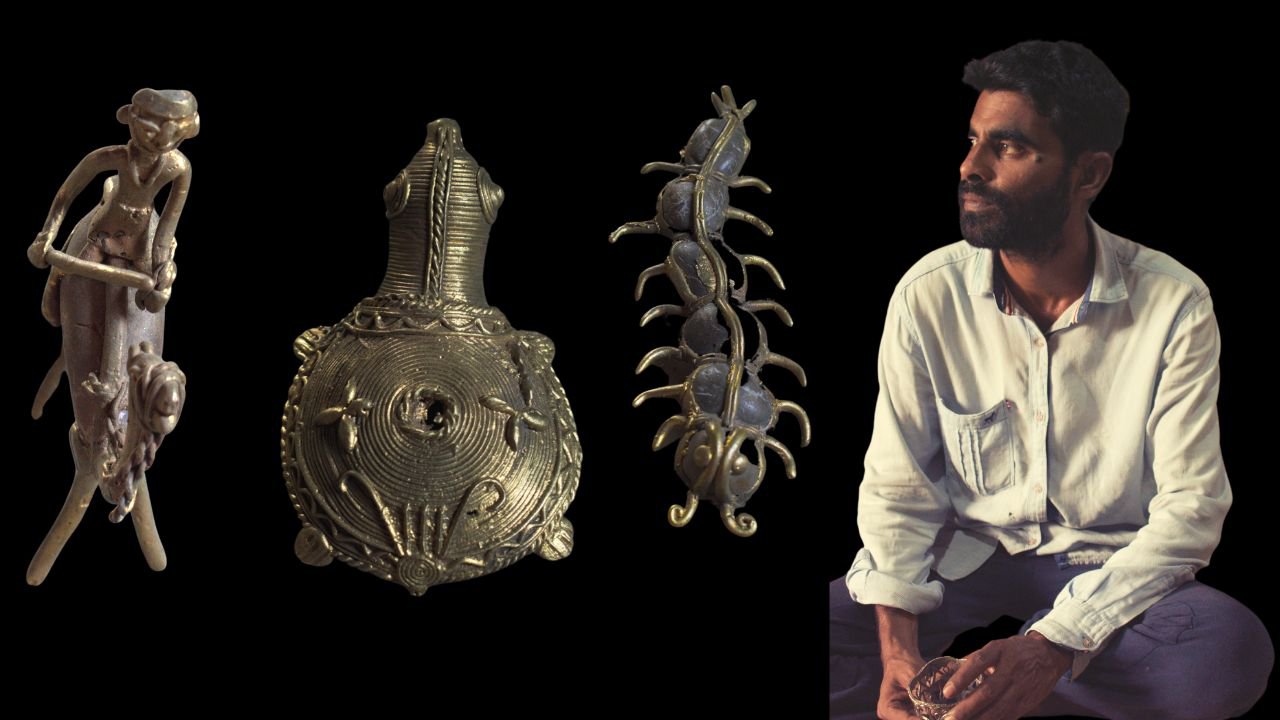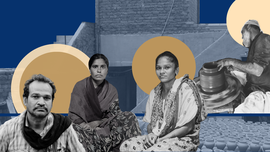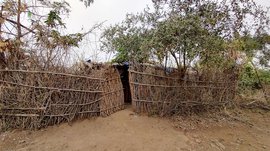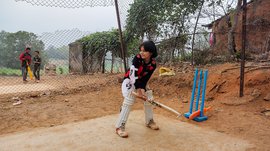“When I first saw Dokra, it felt like magic”, says 41-year-old Pijush Mondal. The artisan from West Bengal’s Birbhum district has been practising the art form for around 12 years now. The process involves the lost-wax technique, one of the oldest traditional metal casting methods in India, dating back to the Indus Valley civilisation.
The name Dokra (or Dhokra) refers to a group of nomadic craftsmen who travelled across eastern India.
The Chota Nagpur plateau that stretches across Odisha, Jharkhand, West Bengal and Chhattisgarh has large deposits of copper. This is a primary component of the metal alloys brass and bronze of which Dokra figurines are made. Dokra art is practised in many parts of India but 'Bengal Dokra' from Bankura, Barddhaman and Purulia districts has a Geographical Indication certificate.
The first step to making a Dokra sculpture involves moulding a clay core – the foundation for the desired figure. Elaborate designs shaped and carved from beeswax, or the gum of the sal tree ( Shorea robusta ) are layered onto this clay core. Once in place, the wax pattern is enclosed within another layer of clay with a channel or two left open for the melted wax to come out later. Hot molten metal is poured through the same channel.
“Nature is immensely important [to the process],” says Sima Pal Mondal. “If there are no sal trees, I cannot use their resin for the wax preparation. Without bees or beehives, I cannot get the wax.” Dokra casting is also heavily dependent on the availability of different varieties of soil and suitable weather conditions.
Once the outer layer of clay is dry, Pijush and his assistants fire the figure in one of the two 3 to 5 feet deep brick-and-clay kilns in his studio. As the clay bakes, the wax melts away leaving behind a hollow into which the molten metal is then poured. The clay mould is ideally left for a day to cool down – 4 to 5 hours in case of a quick delivery – after which it is finally broken up to reveal the sculpture within.




